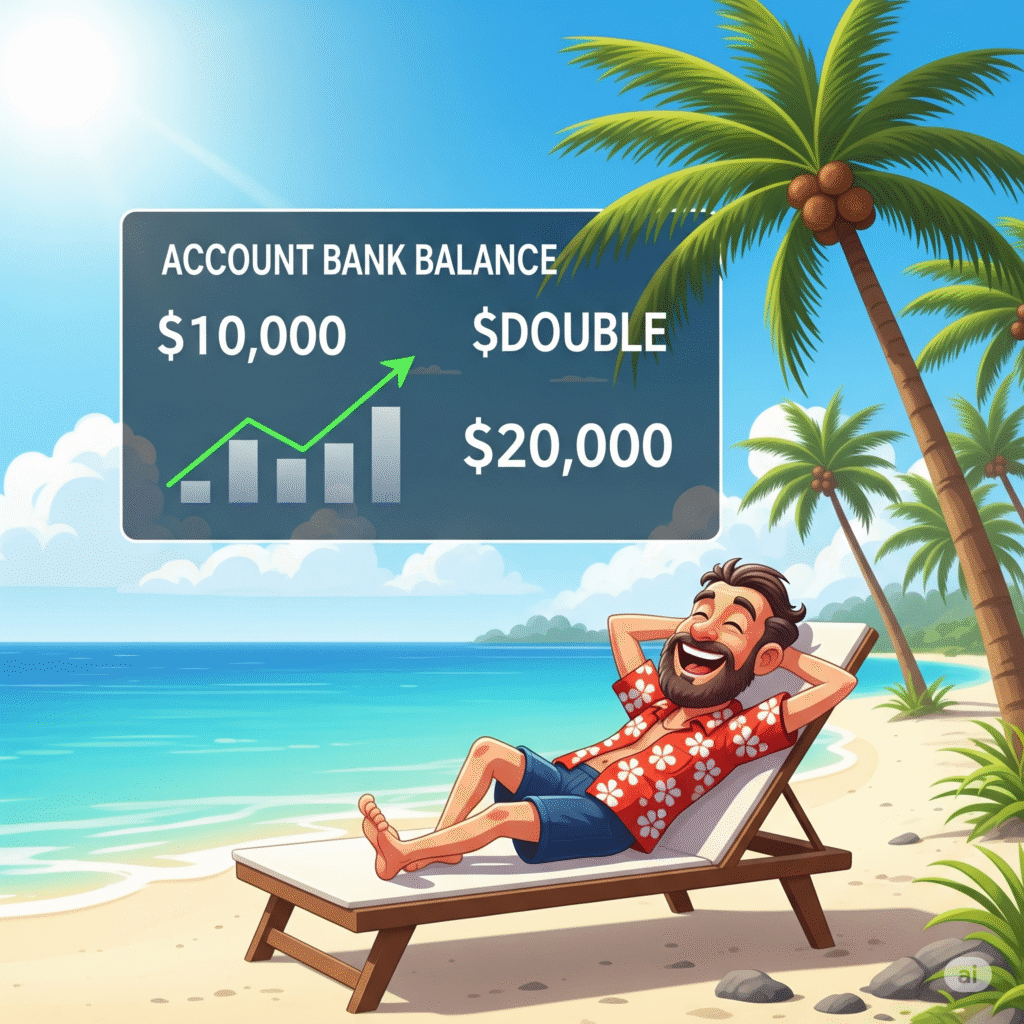🧘 The First Edge in Trading Is to Understand the Market
Before indicators, strategies, or entries — your first real edge is understanding how the market moves, why it moves, and what it’s trying to tell you.
When you understand the market, you’re no longer reacting emotionally — you’re interpreting structure, price action, and behavior like a professional.
💰“Understanding comes before execution.”
“Read the market before you trade it.”
“Understanding price is your first real edge.”
“Don’t trade the market — understand it first.”
“You can’t trade what you don’t understand.”

💰Funny Tone Slogans:
“If the market confuses you, it’s not the time to click!”
“First, speak the market’s language — then you can talk profits.”
“Trading blind is not a strategy. It’s a shortcut to donation!”
“The market isn’t your enemy… unless you don’t understand it.”
“Understanding the market: step one before you go broke!”
💰Psychology & Edge-Focused Slogans: Understanding the Market
“The first edge isn’t a setup — it’s understanding the market.”
“Before you trade the chart, understand the story.”
“Market understanding is the edge behind the edge.”
“Read the market. Don’t fight it.”
“You don’t need to predict — you need to understand.”
“Understanding price behavior is the foundation of every trade.”
“Trade with context. Not confusion.”
“The pros don’t just react — they interpret.”
“If you don’t understand the market, no setup will save you.”
“Knowledge of structure beats indicators every time.”

💰🧲 The Power of the Hikkake Pattern in Trading
The Hikkake pattern is a powerful and subtle price action setup that traps amateur traders and gives professionals an edge. It’s a false breakout followed by a sharp reversal — perfect for catching liquidity and entering with the smart money.

💰🔍 What is the Hikkake Pattern?
The Hikkake setup usually forms like this:
An inside bar forms (price gets tight).
Price breaks out in one direction — looks like a breakout.
But then… price reverses back inside the range.
Then it breaks out in the opposite direction — the true move.

💰⚔️ Why is it Powerful?
🎯 It traps breakout traders — those who enter too early get stopped out.
🧠 It reveals smart money behavior — institutions often cause false moves to fill orders.
🔄 It offers high-probability reversals — you enter when the amateurs are caught off guard.
💸 Great risk/reward — entries are tight, and the real move tends to be strong.

💰📌 Example Setup:
Let’s say you have:
Inside bar on daily chart.
Price breaks above the high of the inside bar — traders go long.
Price quickly reverses back down, trapping them.
You sell when the low of the inside bar is broken.
This is the Hikkake — you’re trading against the trap, with the professionals.

💰🔧 Pro Tips:
Use on higher timeframes (4H, Daily) for stronger signals.
Add confluence: trend direction, key levels, or RSI divergence.
Great for swing trading with tight stop loss and clear target.

The First Trading-Edge
You’ve hit on a fundamental truth in trading! Having an “edge” isn’t about having a secret formula or a crystal ball; it’s about understanding market behavior better than the average participant.
Here’s why understanding market behavior is the first and most crucial step to getting an edge:
Markets are driven by collective human psychology: Beneath all the charts, indicators, and news headlines, markets are ultimately a reflection of human emotions like fear, greed, hope, and panic. Understanding these psychological forces – how they lead to herd mentality, overconfidence, loss aversion, and other cognitive biases – allows you to anticipate potential irrational moves or recognize when the crowd is likely to be wrong. This is often referred to as “market psychology” or “behavioral economics” in trading.
Identifying patterns and inefficiencies: Market behavior often manifests in repeatable patterns. This isn’t just about chart patterns (though they play a role), but also about how the market reacts to news, economic data, or even specific times of day. An edge can be found by consistently identifying and exploiting these recurring behaviors or temporary inefficiencies before others. For example:
Trend-following: Understanding that markets often move in trends for extended periods.
Mean-reversion: Recognizing that prices tend to revert to their average after extreme moves.
Volatility clustering: Knowing that periods of high volatility tend to be followed by more high volatility.
Adapting to changing market regimes: Markets are dynamic. What worked yesterday might not work today. A deep understanding of market behavior helps you recognize when the underlying “regime” of the market has shifted (e.g., from trending to range-bound, or from low volatility to high volatility). This adaptability is crucial for maintaining an edge, as strategies that are profitable in one regime might be detrimental in another.
Filtering out noise and distractions: The market is a noisy place, filled with information overload and constant temptation to react. When you understand the underlying behavior, you can better distinguish between significant price action and mere “noise.” This helps you avoid chasing every small move and stick to your well-thought-out plan.
Developing a robust trading plan: Your understanding of market behavior forms the foundation of your trading strategy. It informs your entry and exit rules, your risk management, and your overall approach. Without this foundational understanding, any strategy you build will be on shaky ground.
In essence, having an edge isn’t about predicting the future with 100% accuracy, but about increasing your probabilities of success over a series of trades by having a superior grasp of how the market typically behaves. It’s about knowing when to be patient, when to act, and when to step aside, all based on a deep appreciation for the market’s complex, human-driven dance.


Lorem ipsum dolor sit amet, consectetur adipiscing elit. Ut elit tellus, luctus nec ullamcorper mattis, pulvinar dapibus leo.
Lorem ipsum dolor sit amet, consectetur adipiscing elit. Ut elit tellus, luctus nec ullamcorper mattis, pulvinar dapibus leo.